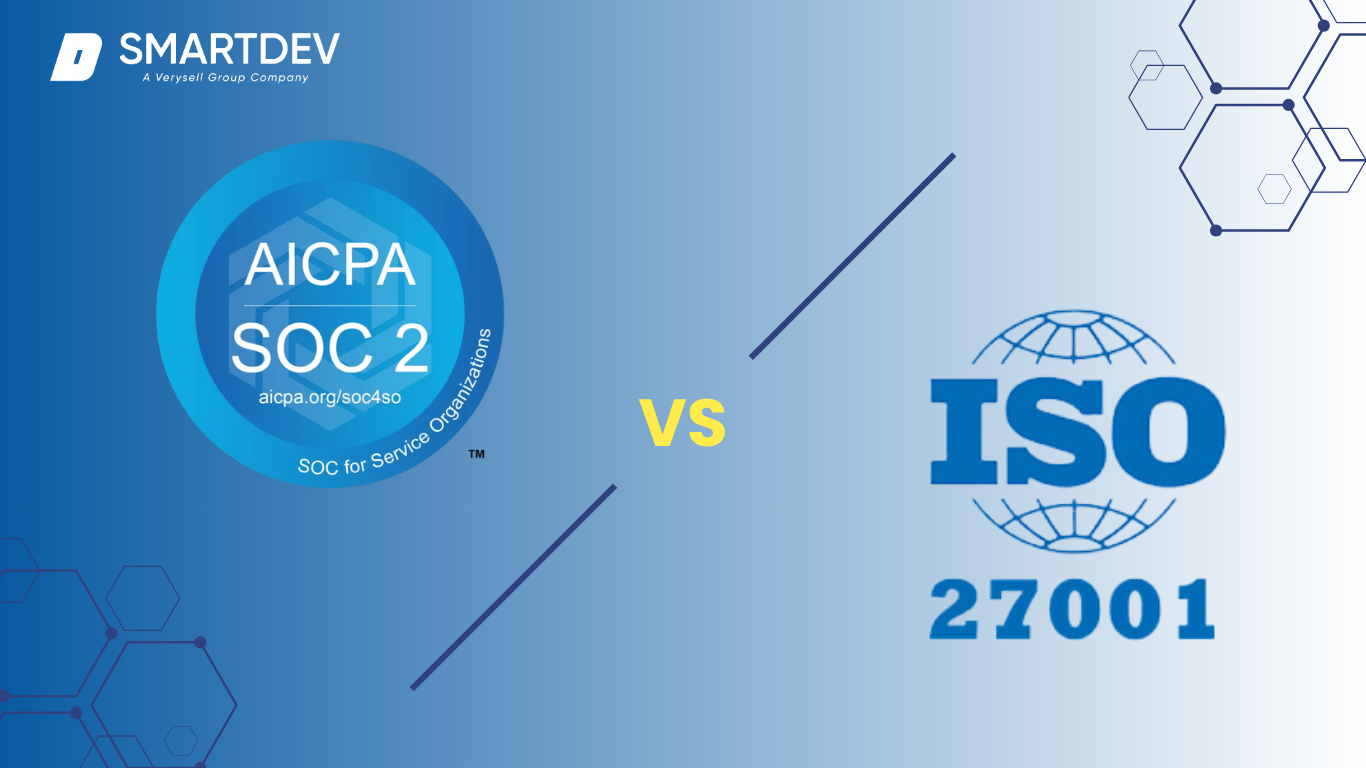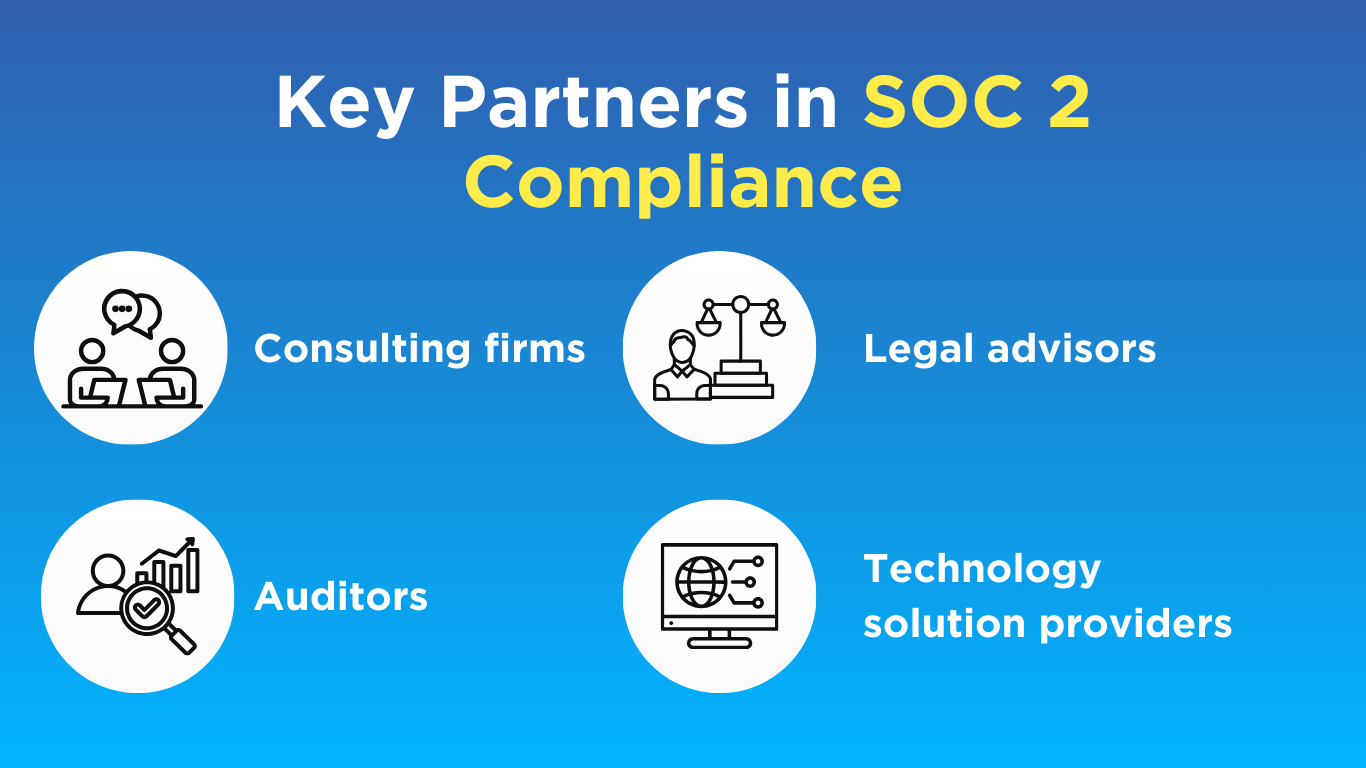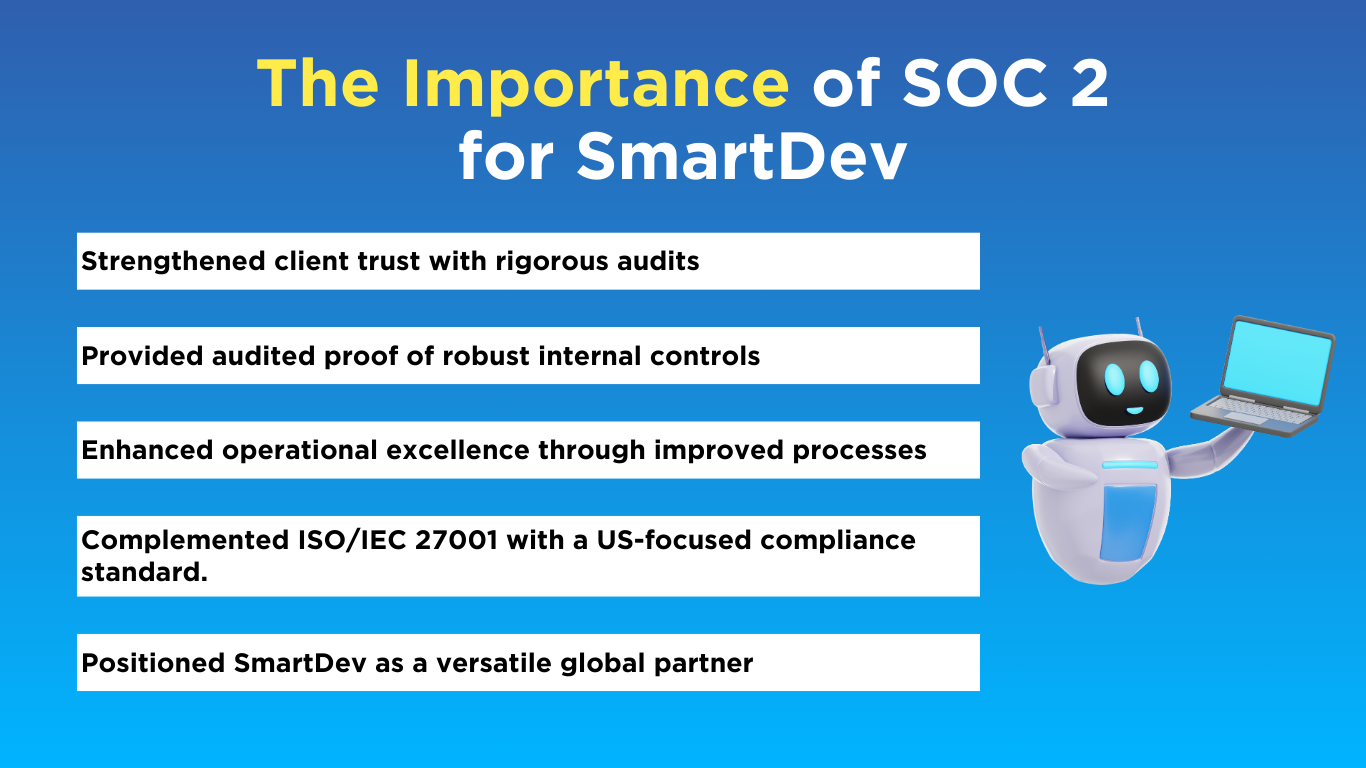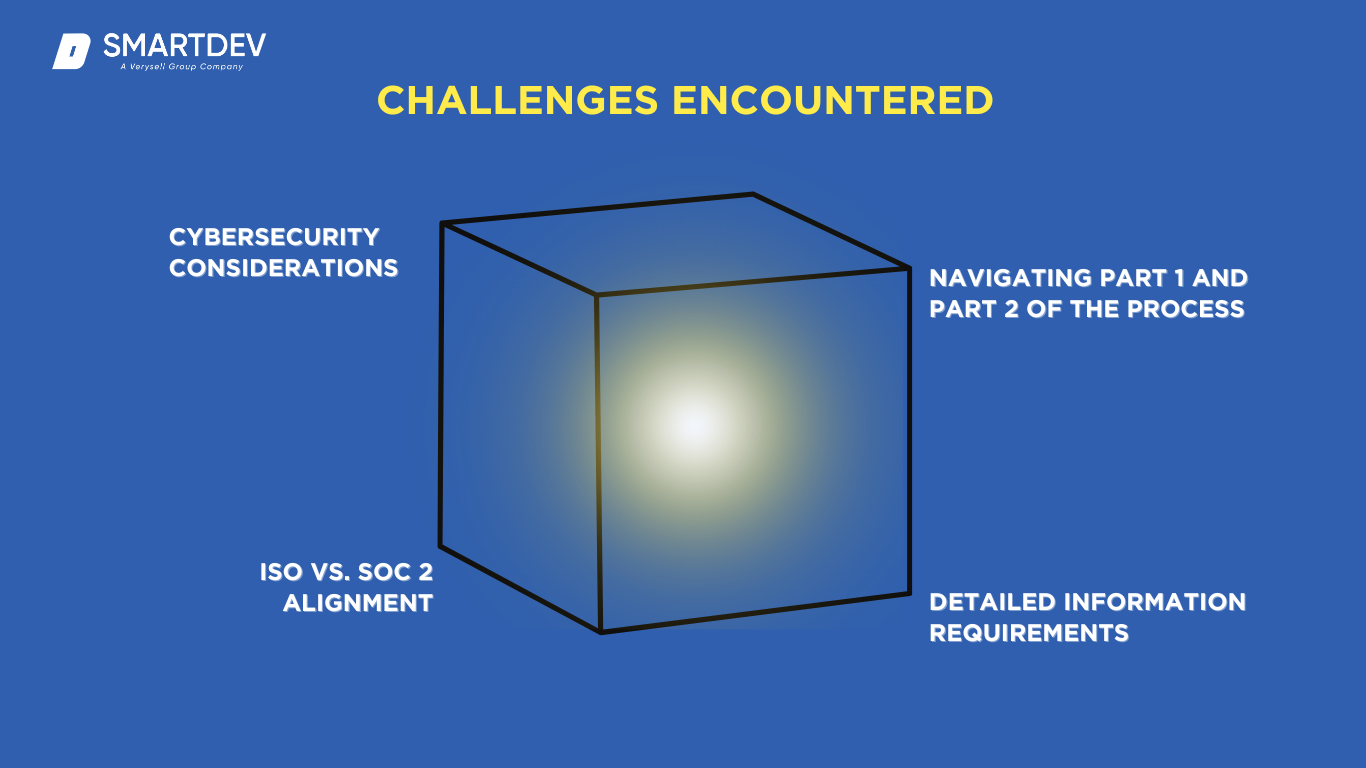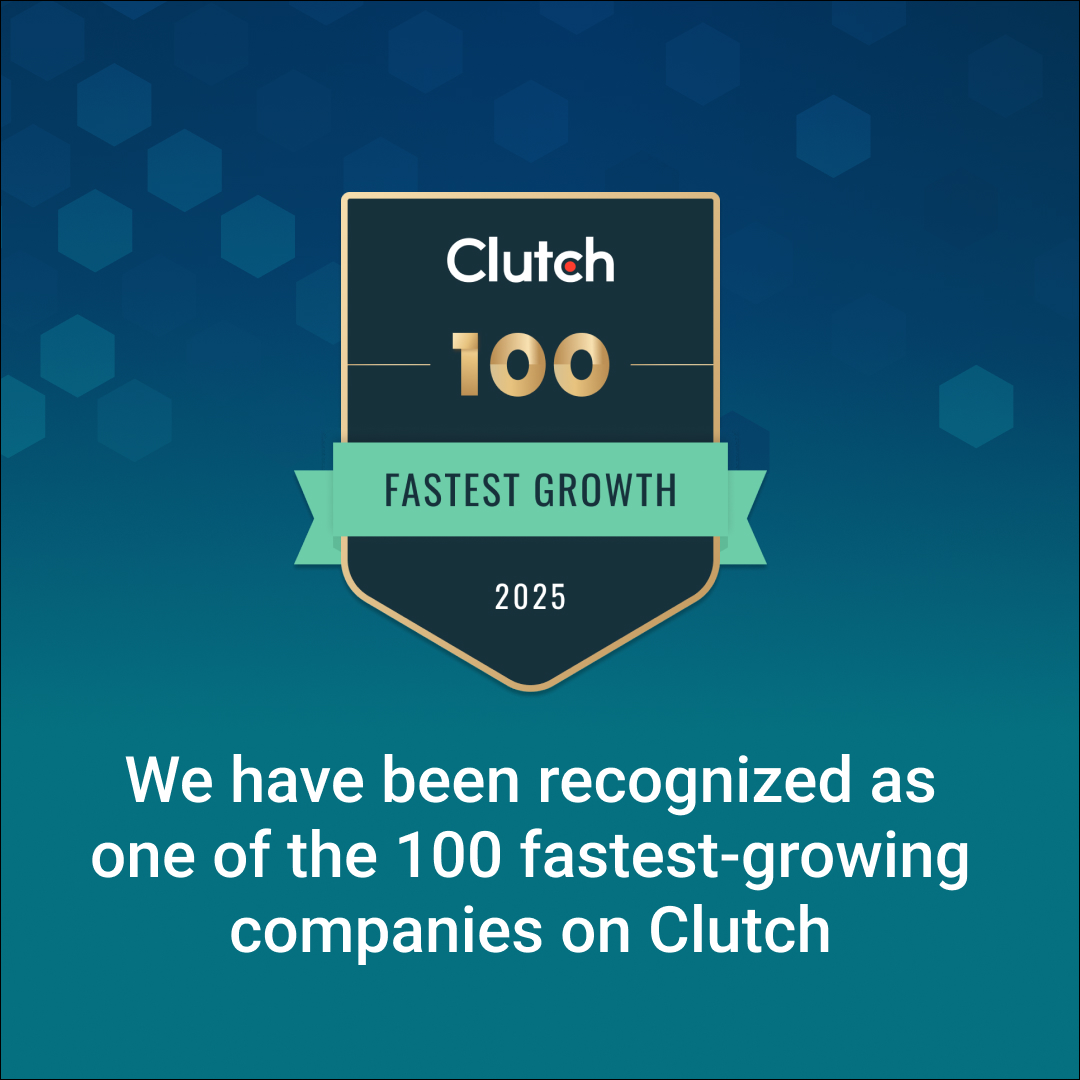SmartDev has recently completed all necessary steps to obtain the final official report for SOC 2 TYPE 2 compliance. Starting in January 2024 with a gap analysis and risk assessment and continuing through to the formal audit and final report issuance in May to June 2024, SmartDev has worked diligently to fulfill the rigorous criteria outlined in the AICPA’s Trust Services Criteria.
In addition to holding ISO 27001 certification, this achievement underscores SmartDev’s commitment to the highest standards of security, privacy, and data integrity. Together, these certifications highlight our dedication to delivering reliable, trustworthy services while safeguarding our clients’ sensitive information.
1. Introduction to SOC 2 Reports
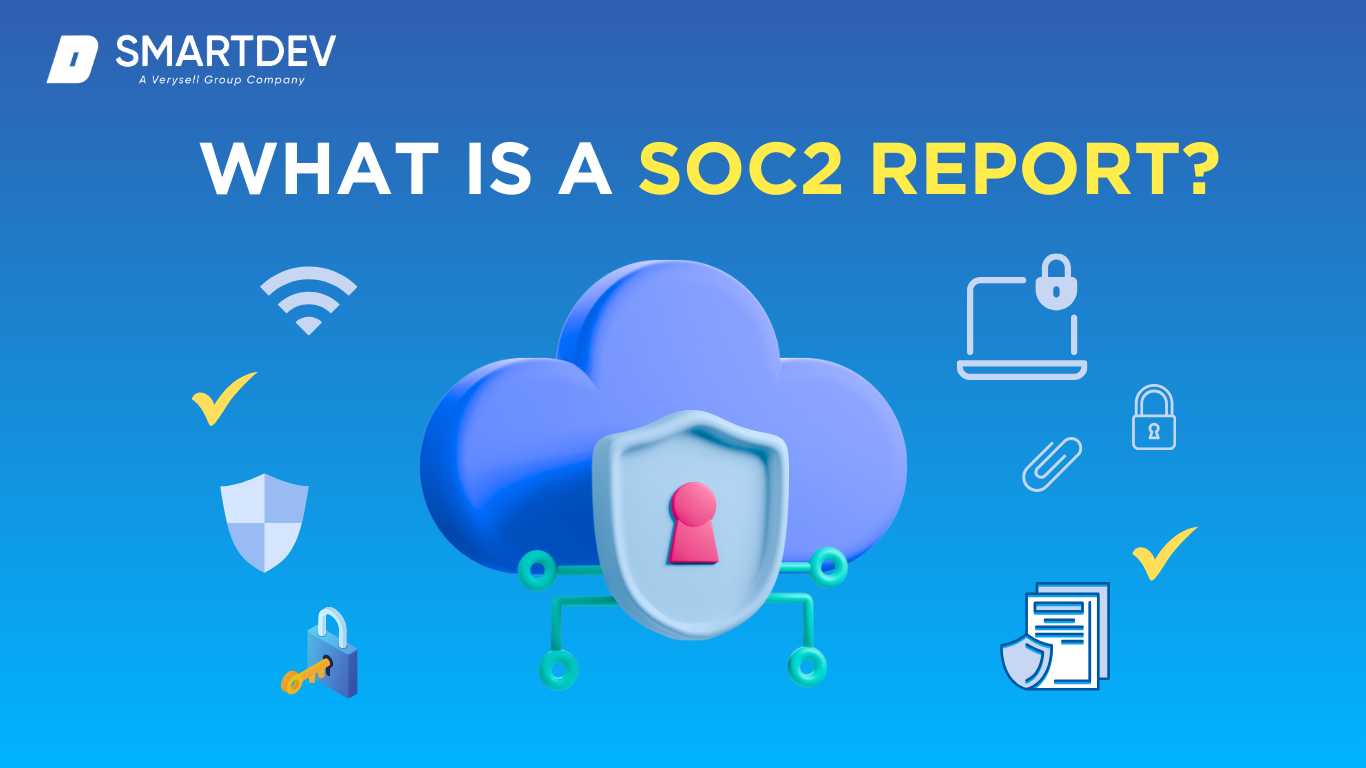
SOC 2 TYPE 2 reports are critical for organizations handling sensitive customer data, as they provide a standardized framework for demonstrating a commitment to security, privacy, and operational integrity. This section explores the definition, purpose, and importance of SOC 2 TYPE 2 compliance.
1.1 Definition of SOC 2
SOC 2 TYPE 2 (System and Organization Controls TYPE 2) is a framework established by the American Institute of Certified Public Accountants (AICPA). It evaluates an organization’s operational effectiveness of controls over a specified period, focusing on the Trust Services Criteria: security, availability, processing integrity, confidentiality, and privacy. These reports provide assurance to stakeholders that an organization has robust mechanisms in place to protect data and ensure its integrity.
1.2 Purpose of SOC 2 Reports
SOC 2 TYPE 2 reports serve as essential tools for validating an organization’s security posture and instilling trust among stakeholders. By undergoing independent audits based on AICPA standards, organizations demonstrate adherence to strict data protection protocols, reliability, and operational transparency.
1.3 Importance of SOC 2 Compliance
SOC 2 TYPE 2 compliance offers several benefits:
- Building Client Trust: It highlights an organization’s commitment to safeguarding customer data, fostering confidence among clients and partners.
- Enhancing Data Security: It establishes strong data protection measures and mitigates risks associated with breaches.
- Meeting Regulatory Obligations: It aligns with frameworks like GDPR, HIPAA, and CCPA, ensuring legal compliance in various jurisdictions.
- Competitive Market Advantage: It signals a commitment to excellence in security and operational practices, which can differentiate an organization in the marketplace.
2. Distinction Between SOC 2 TYPE 2 and ISO 27001
SOC 2 TYPE 2 and ISO 27001 are both widely recognized frameworks for information security, but their scope and applicability differ.
2.1 Overview of SOC 2 TYPE 2 and ISO 27001
- SOC 2 TYPE 2 focuses on evaluating the design and operational effectiveness of controls against the Trust Services Criteria, tailored for service organizations, primarily in the U.S. market.
- ISO 27001 specifies the requirements for establishing and maintaining an Information Security Management System (ISMS) and is recognized globally across industries.
2.2 Key Differences Between SOC 2 TYPE 2 and ISO 27001
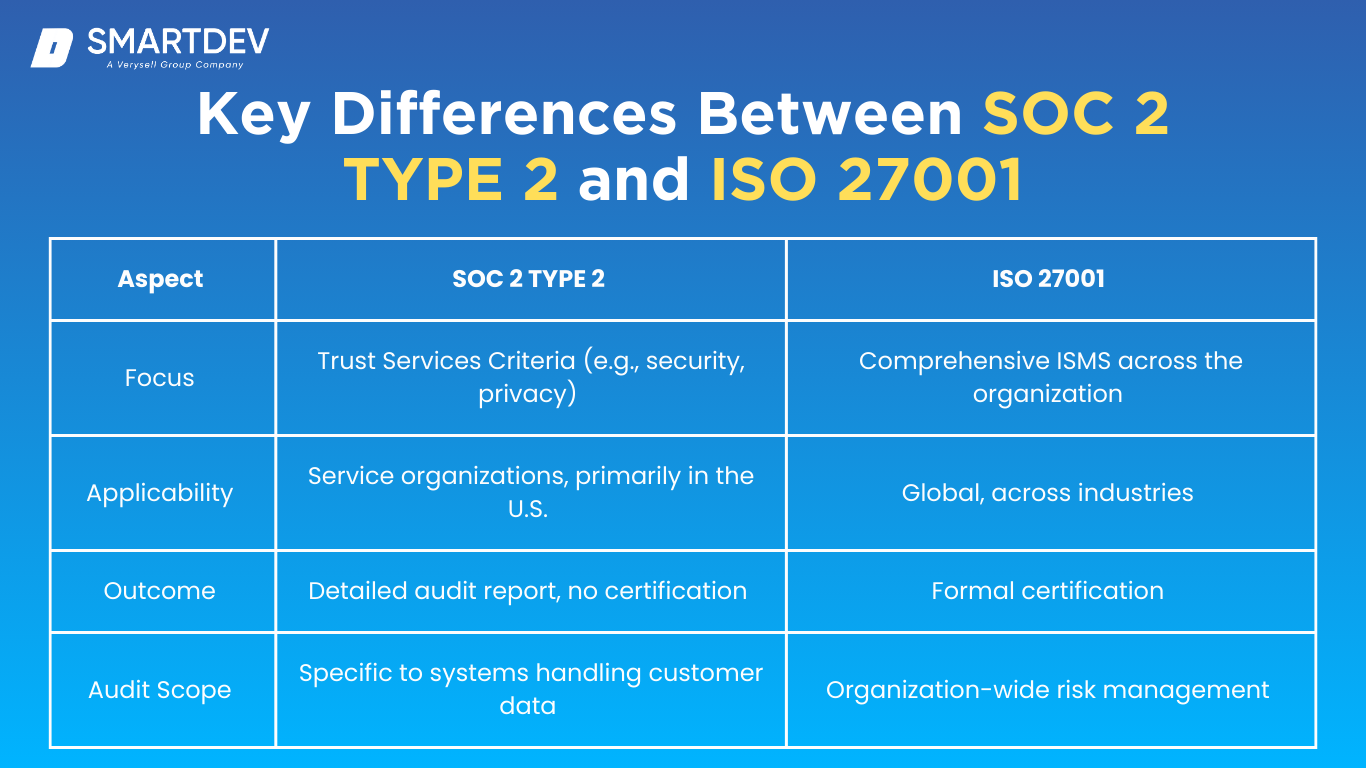
2.3 Why Organizations May Need Both Certifications
By achieving both certifications, organizations can demonstrate transparency in handling customer data (SOC 2 TYPE 2) and a holistic approach to information security (ISO 27001). This combination builds trust across diverse clients and regulatory landscapes.
3. The Need for SOC 2 TYPE 2 Certification
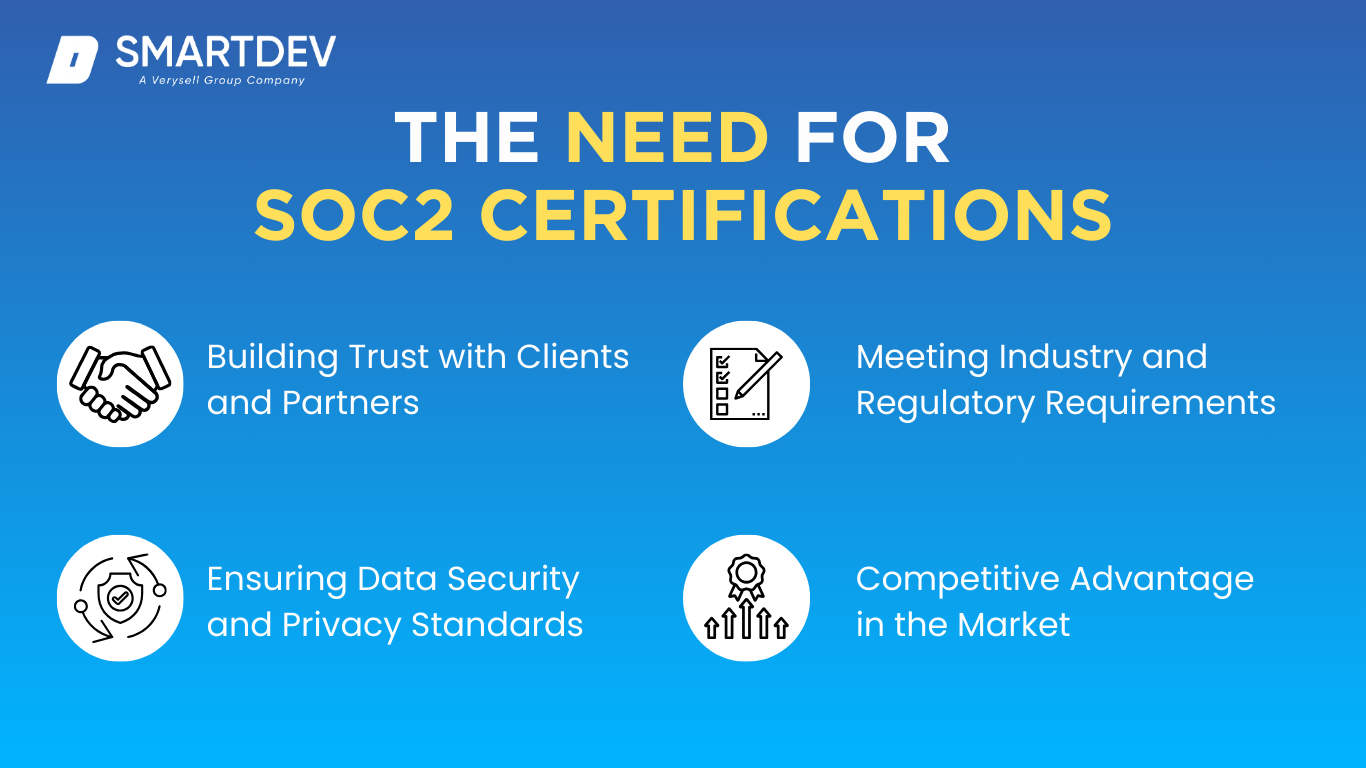
SOC 2 TYPE 2 certification is not just about meeting compliance requirements; it serves as a cornerstone for building trust, enhancing data protection, and achieving industry leadership. Below are key reasons why organizations pursue SOC 2 TYPE 2 certification:
3.1 Building Trust with Clients and Partners
SOC 2 TYPE 2 certification reassures stakeholders that the organization has implemented rigorous data protection and management controls. As noted by PwC, this enhances credibility and demonstrates a commitment to meeting high security standards.
3.2 Ensuring Data Security and Privacy Standards
Achieving SOC 2 TYPE 2 compliance requires organizations to adhere to stringent criteria for data security and privacy. These measures, based on AICPA’s Trust Services Criteria, reduce risks of data breaches, unauthorized access, and cyber threats.
3.3 Meeting Industry and Regulatory Requirements
Many industries and regulatory bodies mandate data protection measures. SOC 2 TYPE 2 compliance aligns with these requirements, helping organizations avoid penalties and ensure smooth operations. Examples include GDPR in the European Union and CCPA in California.
3.4 Competitive Advantage in the Market
SOC 2 TYPE 2 certification differentiates organizations from competitors, especially in industries where data security and privacy are paramount. It signals to potential clients and partners that the organization prioritizes their data’s safety and operational transparency.
4. Challenges Encountered in SOC 2 TYPE 2 Compliance
SOC 2 TYPE 2 compliance is a rigorous process that poses several challenges. Addressing these challenges proactively ensures a smoother path to achieving certification.
4.1 Common Challenges Organizations Face
- Understanding Complex Requirements: Interpreting SOC 2’s detailed requirements, especially the Trust Services Criteria, can be difficult.
- Resource Constraints: Limited personnel and budgets can slow down the implementation of necessary controls.
- Documentation and Evidence Collection: Compiling accurate and comprehensive documentation to satisfy audit requirements is often time-consuming.
- Integration with Existing Systems: Adapting current systems to meet SOC 2 TYPE 2 standards without disrupting operations can be a challenge.
4.2 Mitigation Strategies for Overcoming Challenges
- Engage Experts: Hiring a SOC 2 TYPE 2 consultant can help clarify requirements and guide the process effectively. SmartDev is already in discussions with a third-party expert to assist with the initial assessment and gap analysis.
- Form a Dedicated Team: Establishing a cross-functional team to oversee compliance efforts ensures accountability and smooth communication. SmartDev plans to involve representatives from IT, operations, and client management in this team.
- Conduct Training: Regular training sessions can educate employees about SOC 2 TYPE 2 requirements and their responsibilities. SmartDev’s HR team will play a pivotal role in rolling out targeted training sessions for key staff members.
- Leverage Automation: Using tools to automate the collection and organization of audit evidence can save time and reduce errors. SmartDev is exploring software solutions to streamline this process.
- Regular Progress Reviews: Holding weekly progress meetings helps track milestones, address challenges, and adjust plans as needed. SmartDev’s leadership has committed to bi-weekly review sessions to ensure alignment across all stakeholders.
By addressing these challenges with proactive strategies, SmartDev is well-positioned to achieve SOC 2 TYPE 2 compliance within the proposed timeline. The company’s leadership recognizes that the effort will not only enhance operational security but also strengthen relationships with existing and prospective clients.
5. Key Partners in SOC 2 TYPE 2 Compliance
Key partners are crucial in the SOC 2 TYPE 2 compliance process, providing expertise. Key partners include consulting firms, auditors, legal advisors, and technology solution providers who collectively contribute to the compliance journey. Consulting firms assist in identifying gaps and designing controls, while audit partners validate adherence through independent assessments.
Additionally, legal advisors ensure compliance with privacy regulations, and technology providers implement monitoring, logging, and data security tools. The collaboration among these partners is essential for building robust systems, mitigating risks, and achieving certification efficiently.
5.1 Role of Consulting Partners
Consulting partners like Coral-esecure are instrumental in navigating the complexities of SOC 2 TYPE 2 compliance. They provide strategic guidance, expertise in regulatory requirements, and tailored recommendations to align business operations with compliance standards. Their role involves conducting readiness assessments to identify gaps, designing and implementing control frameworks, and providing ongoing support to ensure controls remain effective over time.
Consulting partners also help in creating documentation, training staff, and preparing organizations for audits by simulating audit scenarios. By offering a combination of technical knowledge and industry insights, consulting partners streamline the compliance process, enabling businesses to achieve certification with minimal disruption to their operations.
5.2 Role of Audit Partners
Audit partners for instance SKR are central to the SOC 2 TYPE 2 compliance process, serving as independent third-party evaluators who validate an organization’s adherence to the Trust Services Criteria. Their primary role is to conduct detailed assessments of the control environment, verify the implementation of policies, and test the effectiveness of controls over a specified period.
Audit partners provide the critical assurance needed by stakeholders, such as clients and regulators, that the organization maintains the highest standards of data security and operational integrity. They issue SOC 2 TYPE 2 reports, which are often required to establish credibility in the market. Beyond assessment, audit partners offer valuable feedback on control weaknesses and areas of improvement, helping organizations strengthen their compliance posture.
5.3 Collaboration and Communication with Partners
Effective collaboration and communication with key partners are foundational to the success of SOC 2 TYPE 2 compliance efforts. Establishing clear roles, responsibilities, and timelines fosters alignment and ensures all stakeholders work towards common objectives. Regular check-ins, updates, and transparent communication channels are essential to address challenges, track progress, and adapt to evolving requirements.
Collaboration extends to sharing critical documentation, coordinating on control implementation, and preparing for audits. Utilizing collaborative tools and platforms can enhance efficiency and reduce redundancies. Open dialogue between consulting and audit partners is particularly important to bridge the gap between control design and assessment, ensuring a seamless compliance process. By prioritizing strong partnerships, organizations can navigate SOC 2 TYPE 2 compliance with confidence and efficiency.
6. Lessons Learned from SmartDev’s SOC 2 TYPE 2 Journey
Achieving SOC 2 TYPE 2 compliance was both a strategic and operational milestone for SmartDev. This process not only fulfilled client requirements, but also opened new market opportunities and demonstrated our organizational capability. Below, we outline the key lessons learned from this journey, highlighting challenges, strategies, and the impact of achieving SOC 2 TYPE 2 compliance.
6.1 The Importance of SOC 2 TYPE 2 Compliance
SmartDev pursued SOC 2 TYPE 2 compliance primarily to meet SCB’s security and data management requirements. However, it also aligned with broader objectives. While ISO/IEC 27001 demonstrated commitment to information security, SOC 2 TYPE 2’s relevance to the US market expanded opportunities and strengthened credibility. SOC 2 TYPE 2’s emphasis on audited proof of operational capability complemented ISO’s process-oriented focus, providing concrete evidence of SmartDev’s robust internal controls.
Key motivations included market expansion into the US, enhanced client trust through rigorous audits, operational excellence via improved internal processes, and meeting specific client mandates such as stringent security requirements. The combination of ISO and SOC 2 TYPE 2 positioned SmartDev as a versatile partner for diverse global clients.
6.2 Challenges Encountered
- Navigating Part 1 and Part 2 of the Process: Transitioning from the initial preparation phase (gap analysis) to remediation was particularly challenging. Communicating risks and ensuring seamless coordination between these phases required significant effort.
- Detailed Information Requirements: SOC 2 TYPE 2’s demands for detailed documentation and evidence—including reviewing code and managing data buckets—necessitated meticulous planning and execution.
- Cybersecurity Considerations: Ensuring robust cybersecurity measures during project execution and development posed additional complexities. These efforts underscored the need for stringent controls and monitoring.
- ISO vs. SOC 2 Alignment: While SOC 2 TYPE 2 and ISO/IEC 27001 share about 80% similarity, their differences added complexity. ISO focuses on process commitments, while SOC 2 TYPE 2 emphasizes proof of capability through audits. Balancing both frameworks to cater to European (ISO) and US (SOC 2 TYPE 2) markets required careful alignment.
6.3 Key Lessons Learned
- Preparation is Paramount: Investing time in understanding SOC 2 TYPE 2 requirements and conducting a thorough gap analysis was crucial. This phase set the foundation for a structured compliance journey.
- Effective Communication of Risks: Clear and continuous communication between teams was essential to mitigate risks and ensure alignment between preparation and remediation phases.
- Employee Training: Comprehensive training ensured that staff adhered to new policies and procedures, a critical factor in achieving compliance.
- Iterative Improvements: Regular internal assessments during the readiness phase allowed SmartDev to identify and address deficiencies proactively, ensuring a smoother formal audit.
- Collaboration with Qualified Auditors: Partnering with an experienced CPA firm streamlined the audit process, enabling SmartDev to meet SOC 2 TYPE 2 requirements efficiently.
6.4 Achieving the Milestone
The SOC 2 TYPE 2 compliance journey for SmartDev followed a phased timeline:
- In April, SmartDev conducted a Gap Analysis and followed it with the Design and Documentation of required controls.
- From May to July, SmartDev performed a Risk Assessment, implemented the necessary controls, and carried out Remediation efforts to address identified gaps.
- In August, SmartDev conducted a Readiness Assessment and an Internal Audit to confirm its preparedness for the formal review.
- Between September and December, SmartDev underwent the Formal Audit and successfully obtained the final SOC 2 Type 2 Report.

This structured approach ensured that compliance was achieved within the six-month target, meeting SCB’s requirements and enabling SmartDev to pursue new opportunities in global markets.
6.5 Final Reflections
SmartDev’s SOC 2 TYPE 2 journey underscored the value of strategic compliance initiatives. While the process required significant effort, the benefits—from increased client trust to market expansion—far outweighed the challenges. By leveraging lessons learned, SmartDev is well-positioned to maintain compliance and capitalize on new opportunities, ensuring sustained growth and operational excellence.

